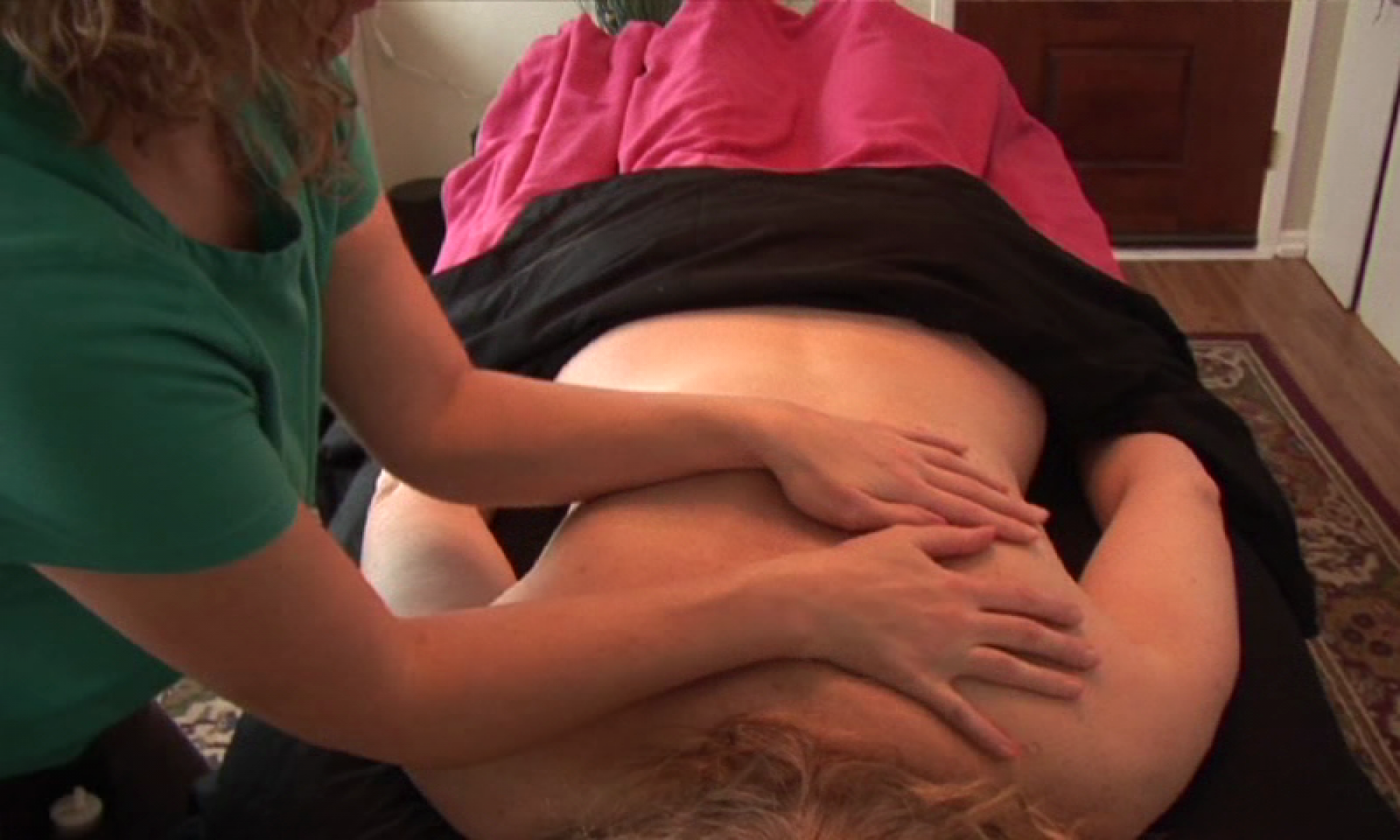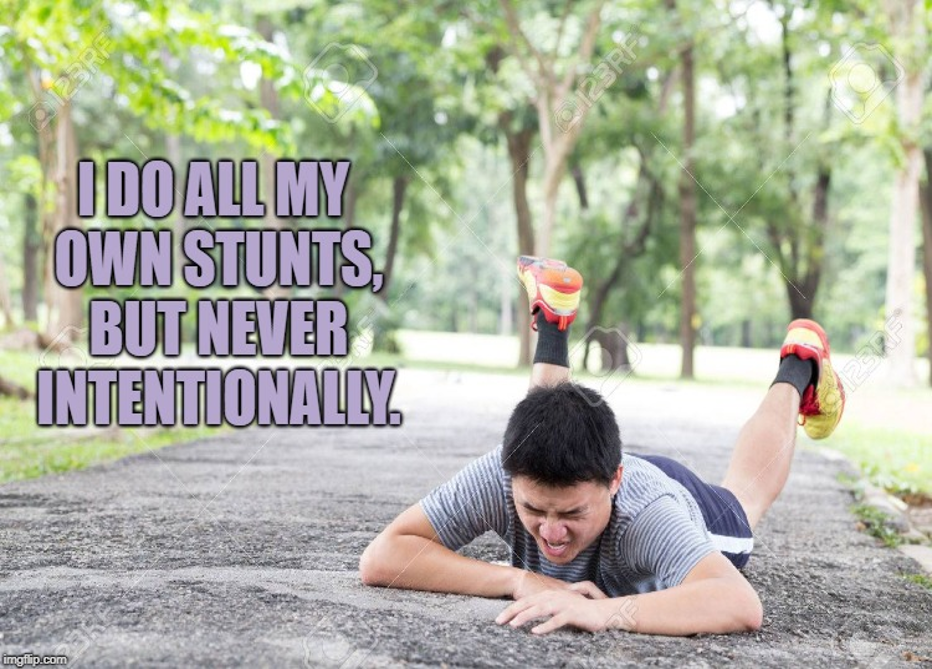I always knew I was clumsy. I used to joke with people, “I came into this world falling down, I’ll most likely go out the same way!” I would even add, “I’ve fallen down so much, I’m now very graceful on the way down!”
As I’ve gotten into my 40’s, I’m no longer using these phrases. I don’t want to fall. I’ve discovered, I don’t bounce as well as I did in my 30’s. And I certainly don’t recover from a fall like I was in my teens!
While pondering this surety of not wanting to fall, I was busy walking the dogs out on a snowy, icy morning. The phrase that kept going through my head was, “Tuck and roll, don’t reach out…” Easier said than done when you initially are just trying to keep yourself upright before gravity takes over!
It occurs to me how important balance really is for our overall ability to move and function in life. As humans, we learn to deal with and adapt to gravity’s pull. We had to in order to even pick up our limbs and heads as an infant. As we get into our teens and finish growing, our balance becomes pretty set as a pattern for everyday life.
What happens when life throws new curveballs? A surgery here, a degenerative disc there… When movement stops being initiated or left unused due to pain? When macular degeneration sets in… When hearing folks is getting harder… When illness intervenes?
Our old balance patterns and pathways no longer serve us well. We develop ways to compensate. Maybe we don’t get on our knees anymore… Or walk looking down at the ground instead of walking along… Or relying on walking devices for support instead of assistance? Or maybe the body has taken on compensation by limping, leaning, or preventing movement in one area.
The reality, about finding balance in our lives, is new patterns and pathways are always an option. It is possible to regain function and mobility. But it definitely takes balance skills and practice… both in life and health, but also in movement training.
When coaching clients about movement and balance, I encourage them to start with easy, non-moving exercises then increase the difficulty. This can be done by adding levels of movement and posture, closing the eyes, using balance props, and/or use of brain distraction. Working on getting more active and healthy, takes concentration and purposeful practice to build new skills, patterns, and pathways in the brain.


